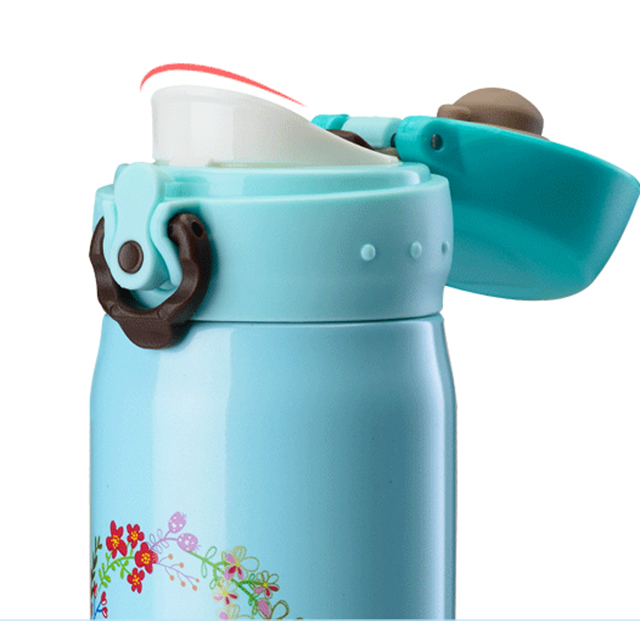Have you ever wondered how a thermos can keep your drink hot for hours no matter what the weather conditions outside? Thermos bottles, also commonly referred to as thermoses, have become a must-have tool for those who like to enjoy their drinks at the perfect temperature. In this blog, we’ll delve into the science behind thermos bottles and unravel the magic behind their ability to keep beverages hot for so long.
Learn about physics:
To understand how a thermos works, we first need to understand the laws of physics. A thermos is made up of three key parts: an inner bottle, an outer bottle, and a vacuum layer that separates the two. The inner bottle is usually made of glass or stainless steel and is used to hold beverages. The outer bottle is made of metal or plastic and acts as a protective layer. The vacuum layer between the two walls creates insulation by eliminating conductive or convective heat transfer.
Prevent heat transfer:
Conduction and convection are the main culprits of heat transfer. Thermos bottles are carefully designed to minimize both of these processes. The vacuum layer between the inner and outer walls of the flask greatly reduces conductive heat transfer. This means that the hot or cold temperature of the beverage is maintained inside the inner bottle independent of the external ambient temperature.
Additionally, thermos flasks often contain reflective surfaces, such as silver coatings, to counteract heat transfer through radiation. These reflective surfaces help reflect the heat from the drink back into the flask, preventing it from escaping. As a result, beverages can be kept at the desired temperature for a longer period of time.
Sealing magic:
Another key element in the design of a thermos is the sealing mechanism. The stoppers or lids of the flasks are carefully designed to ensure an airtight seal. This prevents any outside air from entering and disrupting the controlled environment inside the thermos. Without this tight seal, heat transfer occurs by convection, significantly reducing the flask’s ability to retain the heat of the beverage.
Choose the right material:
The choice of material used to construct a thermos also plays a vital role in its insulating properties. Stainless steel is a popular choice for liners due to its excellent insulating properties. The high thermal conductivity of stainless steel helps distribute heat evenly throughout the liquid contents. On the other hand, outer flasks typically use materials with low thermal conductivity, such as plastic or glass, to ensure that the heat remains inside.
in conclusion:
So the next time you take a sip from a thermos and feel the warmth of your favorite beverage, remember the science behind its amazing ability to hold heat. Thermoses work by minimizing heat transfer through conduction, convection and radiation. The vacuum layer provides insulation, the reflective surface resists radiation, and the hermetic seal prevents convective heat loss. Combining all these features with carefully selected materials, the thermos has become an ingenious invention that has revolutionized the way we enjoy drinks.
Post time: Jul-05-2023


